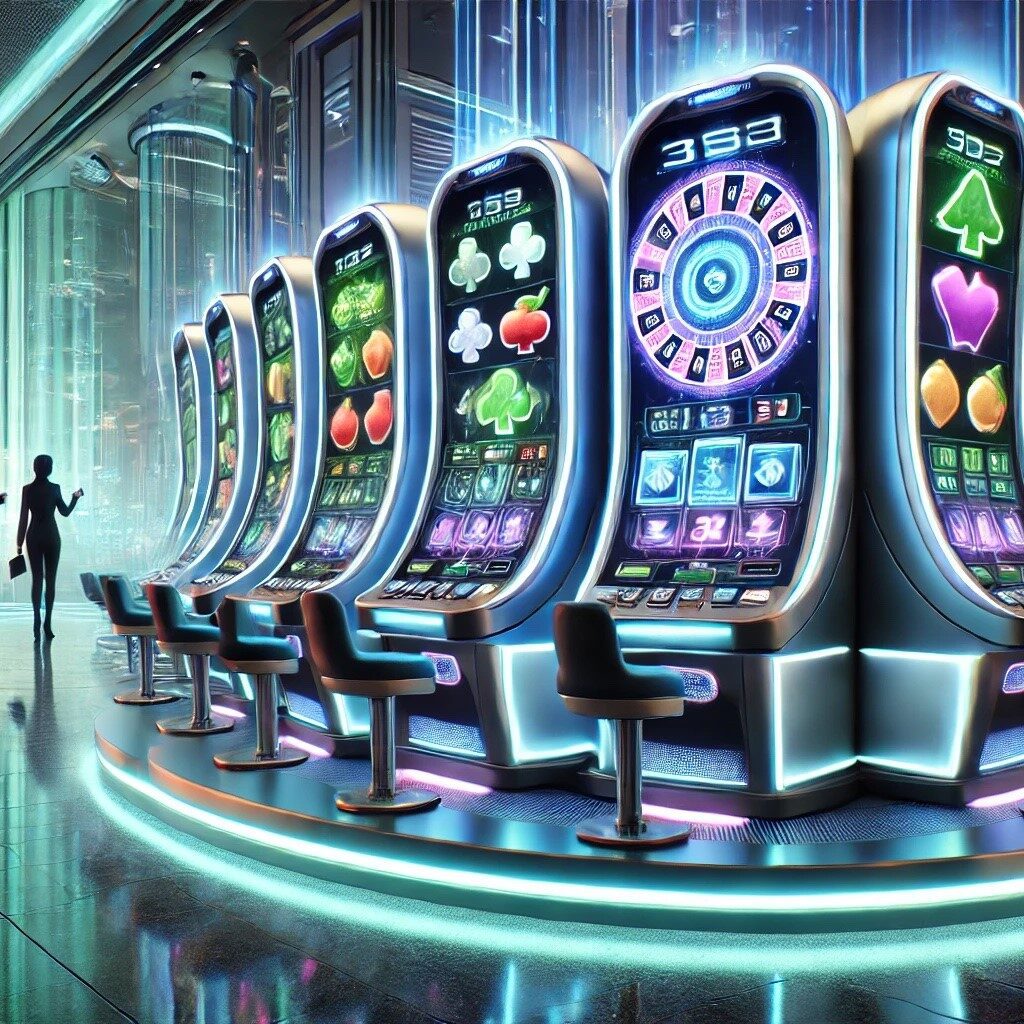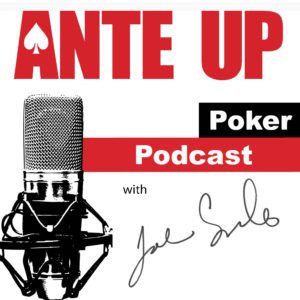You spin the slot machine. Two jackpot symbols appear. The third one almost lands in place, but the reel stops just short. You didn’t win, but it feels so close. Almost every player at 22casino talks the same about their experience.
What Is a Near-Win?
A near-win happens when a player loses but comes very close to winning. It’s the lottery ticket that matches four out of five numbers. The poker hand misses a straight-by-one card. The roulette ball that lands next to your chosen number. Even though it’s still a loss, it doesn’t feel like one. It feels like progress. It sparks excitement rather than disappointment.
The Brain’s Response to Near-Wins
Winning releases dopamine, the brain’s “reward” chemical. It creates pleasure, reinforcing behaviors that led to the win. But here’s the trick: Near-wins also trigger dopamine. The brain treats them as almost-successes. This fuels motivation. It makes players feel like they’re getting closer to victory, even when gambling is random.
Studies show that brain activity during near-wins closely resembles brain activity during actual wins. The reward system lights up, even though no prize was won. This creates a strong urge to keep playing.
How Casinos Use Near-Wins to Keep You Betting
Casinos understand human psychology better than most people do. They design games to produce frequent near-wins.
- Slot machines: Modern slots use algorithms to create the illusion of near-misses more often than chance would allow. Players keep spinning, thinking the next round will be different.
- Scratch cards and lotteries: Many tickets are designed so that players match some numbers or symbols. This keeps them coming back.
- Roulette and dice games: Players often land close to their chosen number, reinforcing the idea that they’re “due” for a win.
The Illusion of Control
Gambling is mostly based on luck. But near-wins trick players into believing they have some control. A poker player who folds right before seeing the winning card might think, I almost had it! A slot player who just misses a jackpot might believe they’re figuring out the machine. This illusion keeps people hooked. They feel like they’re developing a strategy—even when the game is purely chance.
Why Near-Wins Feel Like Progress
Humans love progress. We’re wired to seek improvement, whether it’s in sports, work, or hobbies. Near-wins tap into this instinct. They make gambling feel like a skill-based activity, even when it’s not. Players believe they’re getting closer to success, just like an athlete improving in training. This false sense of progress keeps them coming back.
Near-Wins and Gambling Addiction
Near-wins don’t just encourage continued play. They also play a role in gambling addiction. For problem gamblers, near-wins trigger cravings. They make players bet more, chase losses, and ignore risks. The excitement of almost winning overrides logic. Studies show that frequent near-wins can lead to compulsive gambling behavior. The brain starts to expect that persistence will pay off. But in reality, the odds remain the same.
Near-Wins vs. Actual Wins: Which Is More Motivating?
Surprisingly, near-wins can sometimes be more motivating than actual wins. Winning feels great, but it also provides closure. A big win might satisfy a gambler enough to walk away. But a near-win? That leaves unfinished business. It creates a strong urge to keep playing. Casinos rely on this effect. They know that near-wins keep players in their seats longer than actual wins do.
Near-Wins in Sports Betting
Near-wins aren’t just for casino games. They also impact sports betting. A bettor who loses by just one point feels like they almost won. They believe their prediction was close to being right. This encourages them to place another bet, convinced that next time will be different. Even when the outcome is beyond their control, the near-win effect makes them feel on the verge of success.
How Near-Wins Influence Decision-Making
Near-wins don’t just affect gambling. They shape decisions in everyday life. Think about a job interview where you almost got hired. A race where you finished second. A sales pitch that nearly landed a big deal. These experiences fuel motivation. They push people to try again. In some areas, this is a good thing. But in gambling, it leads to risky behavior. When the brain misinterprets near-wins as signs of progress, it can lead to poor decision-making. Players take bigger risks, convinced they’re “due” for a win.
Breaking Free from the Near-Win Trap
Understanding near-wins is the first step in resisting their pull. Here are some ways to break free:
- Recognize them for what they are: A near-win is still a loss. It doesn’t mean you’re getting closer to winning.
- Set limits before playing: Decide how much time and money you’ll spend. Stick to it, no matter what.
- Take breaks: Distance helps break the emotional cycle of near-wins. Step away and gain perspective.
- Avoid chasing losses: Each bet is independent. The odds don’t change based on past results.
- Remind yourself of randomness: Games of chance have no memory. The next spin or hand isn’t influenced by the last one.




